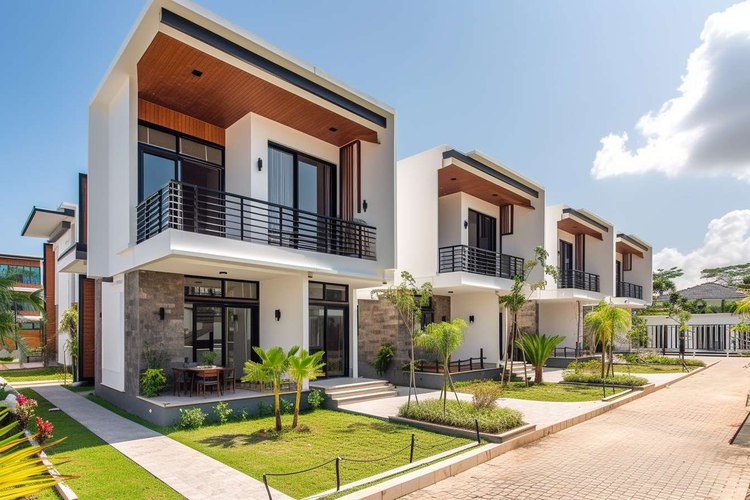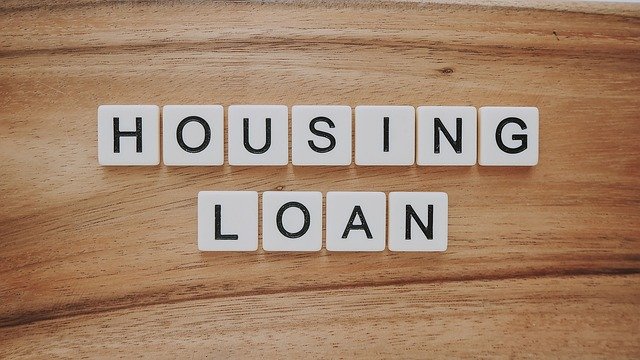What Every Homeowner Should Know About Property Value
Understanding what drives property value is essential for any homeowner, whether you’re thinking of selling, refinancing, or simply investing in your future. This article breaks down the key factors that influence your home’s worth, from location and market trends to renovations and upkeep. By gaining a clear picture of how property values are assessed, you can make smarter decisions to protect and grow your investment with confidence.

What Are the Main Factors Driving Property Value?
Location remains the foremost factor in determining property value. Additional crucial elements include the home’s size, age, condition, and architectural style. Market conditions, local economic health, and neighborhood development also play significant roles. Property values are particularly sensitive to changes in school district quality, crime rates, and proximity to amenities like shopping centers, parks, and public transportation.
How Does Location Impact Your Home’s Worth?
Location quality encompasses several components that directly affect property values. Desirable school districts typically command premium prices, with homes often valued 20-30% higher than similar properties in less sought-after districts. Proximity to employment centers, transportation hubs, and recreational facilities also significantly influences value. Additionally, neighborhood characteristics such as walkability, safety ratings, and future development plans can substantially impact property prices.
What Home Improvements Add the Most Value?
Strategic renovations can significantly boost property value. Kitchen and bathroom updates typically offer the highest return on investment, often recovering 70-80% of costs during resale. Other valuable improvements include:
-
Energy-efficient upgrades (windows, insulation)
-
Modern HVAC systems
-
Updated electrical systems
-
Outdoor living spaces
-
Curb appeal enhancements
How Do Economic Factors Affect Property Values?
Market conditions and broader economic factors have substantial influence over property values. Interest rates, employment rates, and local economic growth directly impact buying power and market demand. Housing inventory levels, new construction rates, and demographic shifts also play crucial roles in determining property values across different markets.
What Regional Factors Impact U.S. Home Values?
American housing markets show distinct regional variations in value drivers. Coastal areas often command premium prices due to limited land availability and high demand. Climate considerations affect property values differently across regions - for instance, hurricane risk in coastal areas or wildfire risk in western states can impact insurance costs and overall property values.
Understanding Current Market Values and Pricing Trends
Today’s property values reflect various market dynamics:
| Market Type | Average Price Range | Annual Appreciation Rate |
|---|---|---|
| Urban Core | $400,000 - $800,000 | 4-6% |
| Suburban | $250,000 - $500,000 | 3-5% |
| Rural | $150,000 - $300,000 | 2-4% |
Prices, rates, or cost estimates mentioned in this article are based on the latest available information but may change over time. Independent research is advised before making financial decisions.
Property values fluctuate based on numerous variables, from broad economic trends to specific local factors. While some elements remain beyond individual control, homeowners can positively influence their property’s value through strategic improvements and proper maintenance. Understanding these various factors helps make informed decisions about one of life’s most significant investments.




